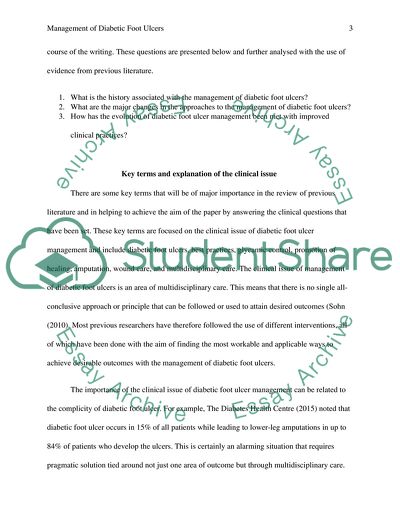Cite this document
(Management of Diabetic Foot Ulcers Essay Example | Topics and Well Written Essays - 1500 words, n.d.)
Management of Diabetic Foot Ulcers Essay Example | Topics and Well Written Essays - 1500 words. Retrieved from https://studentshare.org/health-sciences-medicine/1881305-essay-of-1500-word
Management of Diabetic Foot Ulcers Essay Example | Topics and Well Written Essays - 1500 words. Retrieved from https://studentshare.org/health-sciences-medicine/1881305-essay-of-1500-word
(Management of Diabetic Foot Ulcers Essay Example | Topics and Well Written Essays - 1500 Words)
Management of Diabetic Foot Ulcers Essay Example | Topics and Well Written Essays - 1500 Words. https://studentshare.org/health-sciences-medicine/1881305-essay-of-1500-word.
Management of Diabetic Foot Ulcers Essay Example | Topics and Well Written Essays - 1500 Words. https://studentshare.org/health-sciences-medicine/1881305-essay-of-1500-word.
“Management of Diabetic Foot Ulcers Essay Example | Topics and Well Written Essays - 1500 Words”, n.d. https://studentshare.org/health-sciences-medicine/1881305-essay-of-1500-word.


